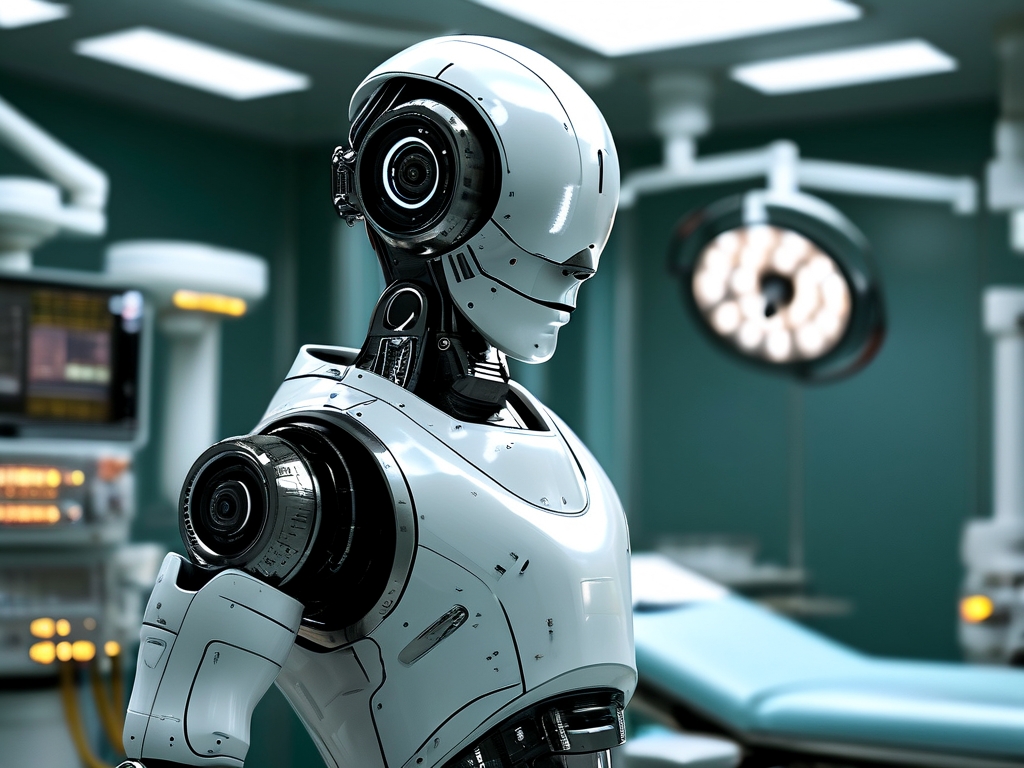The advent of robotic-assisted surgery has transformed modern healthcare, offering unprecedented precision and versatility in complex procedures. By integrating advanced imaging, artificial intelligence, and miniaturized instruments, surgical robots empower surgeons to perform tasks with enhanced accuracy, reduced invasiveness, and improved patient outcomes. This article explores the core technological strengths driving this medical revolution.

Precision Beyond Human Limits
One of the most significant advantages of surgical robots lies in their ability to eliminate physiological tremors and scale movements. For instance, the da Vinci Surgical System translates a surgeon’s hand motions into micro-scale actions, enabling incisions as small as 1-2 millimeters. This level of precision is critical in delicate operations such as neurosurgery or ophthalmic procedures, where a margin of error under 0.1 millimeters can determine success. Clinical studies demonstrate that robot-assisted prostatectomies reduce positive surgical margins by 32% compared to traditional methods, directly lowering cancer recurrence risks.
Enhanced Visualization Capabilities
Modern robotic platforms integrate 3D high-definition imaging with augmented reality overlays. The Stryker Mako system, for example, combines real-time CT scans with joint replacement planning software, creating a “GPS-like” navigation system for bone resection. Surgeons gain x-ray vision through tissue layers, identifying critical structures like blood vessels and nerves with submillimeter accuracy. This capability not only improves safety but also enables more complete tumor removals in cancer surgeries while preserving healthy tissue.
Reducing Physical Strain on Surgeons
Ergonomically designed consoles allow surgeons to operate seated with natural hand positions, contrasting sharply with the awkward postures required in open or laparoscopic surgery. A Johns Hopkins study revealed that 78% of surgeons reported less fatigue during multi-hour robotic procedures compared to conventional techniques. This ergonomic advantage extends careers while maintaining surgical performance consistency, particularly in lengthy operations like colorectal resections or radical cystectomies.
Minimizing Trauma Through Micro-Incision Techniques
Robotic systems enable truly minimally invasive approaches through ports as narrow as 8mm. The Senhance Surgical Robot’s 3mm instruments exemplify this trend, allowing gallbladder removals through a single umbilical incision. Reduced tissue damage translates to faster recovery times—patients undergoing robotic hysterectomies typically discharge 1.3 days earlier than laparoscopic counterparts, with 40% lower postoperative pain scores.
Data-Driven Surgical Improvements
Embedded sensors in robotic tools collect performance metrics, creating opportunities for objective skill assessment. The Touch Surgery Enterprise platform analyzes instrument trajectories and operation times, generating heatmaps of surgical efficiency. Such data not only aids training but enables predictive analytics; machine learning models can now forecast complication risks based on real-time vital signs and instrument pressure data during cardiac bypass procedures.
While skeptics question cost-effectiveness, advancing technology continues to address these concerns. Next-generation systems like the Versius Surgical Robot feature modular designs that reduce setup time by 70%, while single-use robotic arms lower maintenance expenses. As artificial intelligence evolves to automate routine tasks like suturing, the synergy between human expertise and machine capability will redefine surgical standards across specialties.
The trajectory of surgical robotics suggests a future where hybrid operating rooms seamlessly combine robotic precision, real-time diagnostics, and personalized treatment algorithms. As these systems become more accessible, they promise to democratize high-quality surgical care globally, making complex interventions safer and more reproducible. Ultimately, the technology’s greatest strength may lie in its ability to amplify—rather than replace—human surgical mastery.



